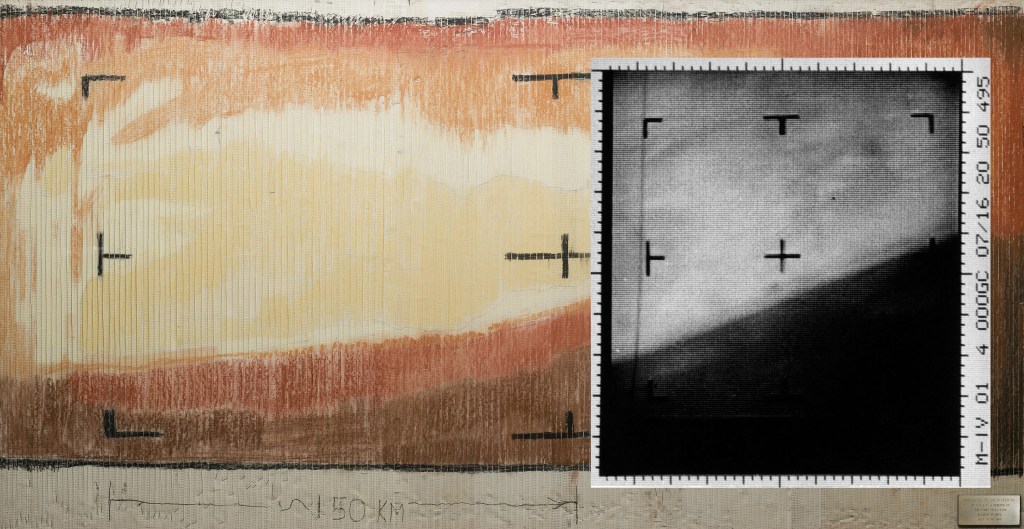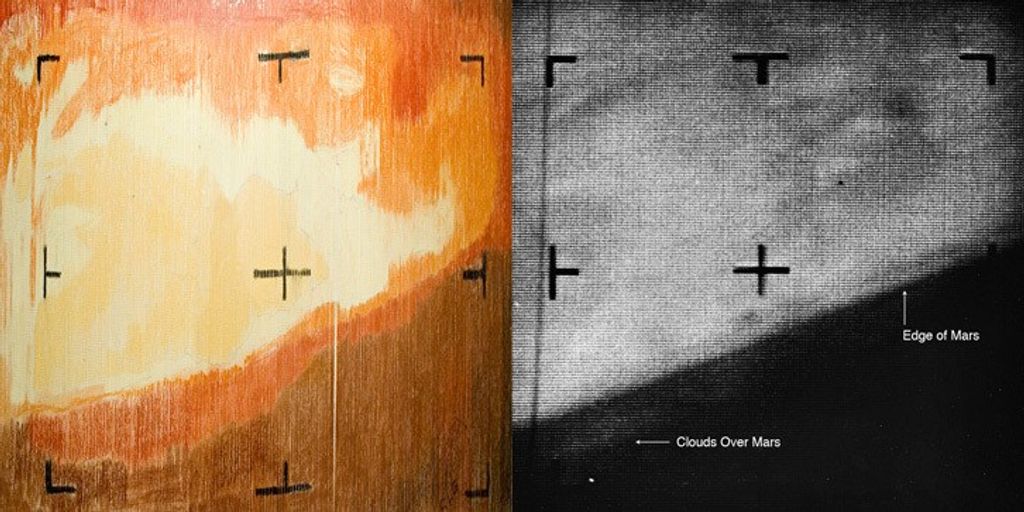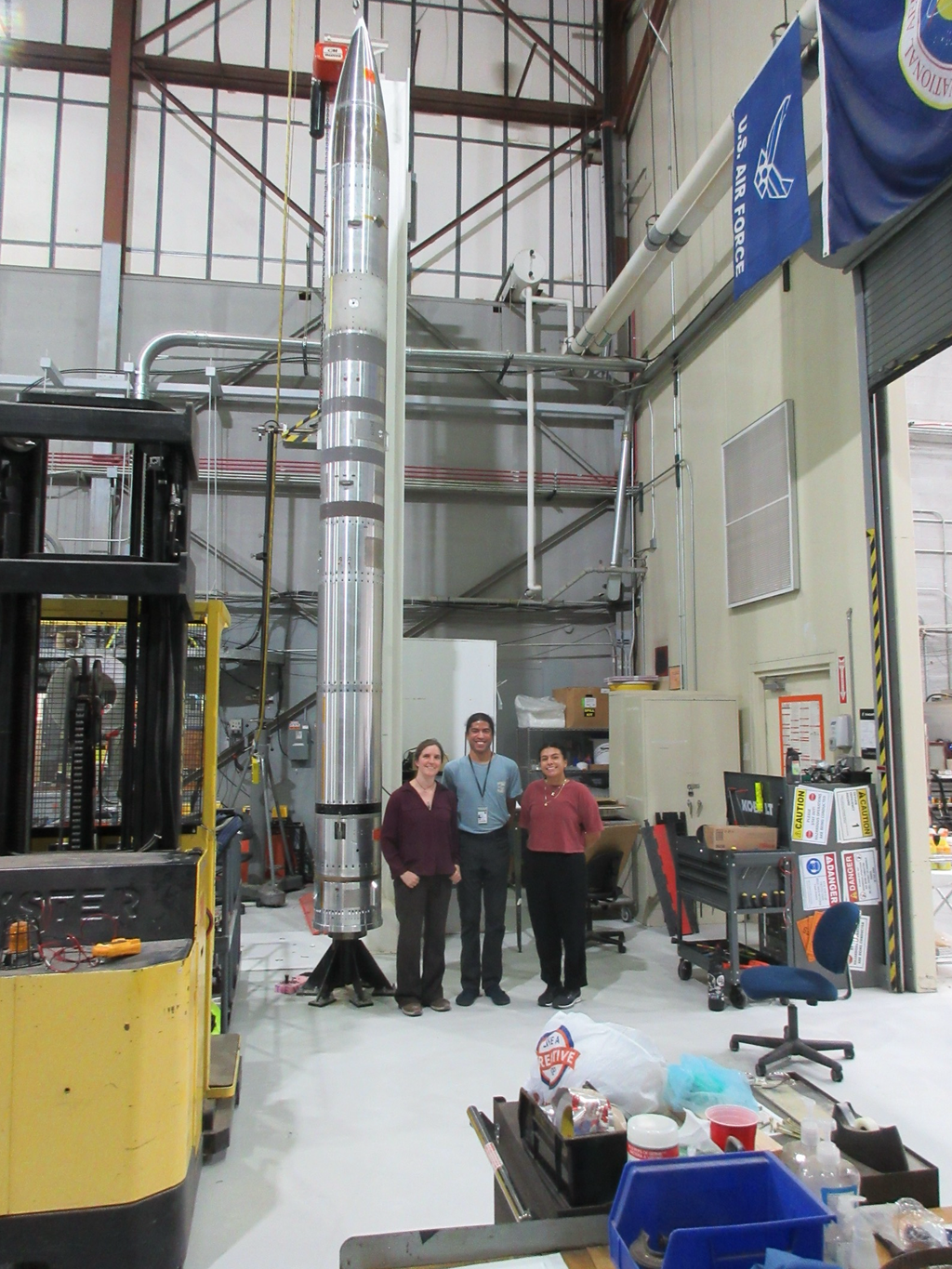Our materials testing group supports the propellant and aerospace fluids testing by determining the susceptibility of materials such as metals and alloys to decomposition or reactivity. We perform environmental degradation tests in a wide variety of reactive/toxic substances such as saltwater solutions, aerospace fluids, acids, propellants, and vaporized substances. Testing can be done under ambient and simulation conditions of severe temperature, pressure, or stress to provide
- Identification of degradation or reactivity of materials and components
- Definition of materials problems
- Advice on design improvements to materials and components
- Development of specifications and standards
- Failure analysis data
- Recommendations of alloys, plating, coatings and surface treatments
- Determination of remaining service life
Stress Corrosion Cracking
The cracking induced from the combined influence of tensile stress and a corrosive environment is stress corrosion cracking (SCC). Tests require the exposure of a stressed sample of the material or component to the environment of interest. There are various classes of test with differing objectives:
- Standard Tests designed to test a material for its susceptibility to SCC in an environment that is known to give problems, or to test components to determine whether they have the necessary combination of material properties and residual stress to suffer from cracking.
- Constant Stress/Displacement Tests describe a specimen and a loading method that stresses the specimen while exposed to a corrosive solution. The susceptibility to SCC is assessed by the time taken for failure of the specimen, or the development of cracks in the surface of the specimen.
- Fracture Mechanics Tests use a specimen with a preexisting crack. The tests may record the time to failure or measure the change in length of the crack with time.



























